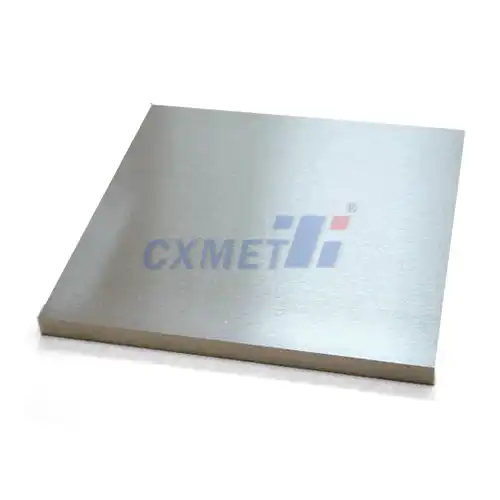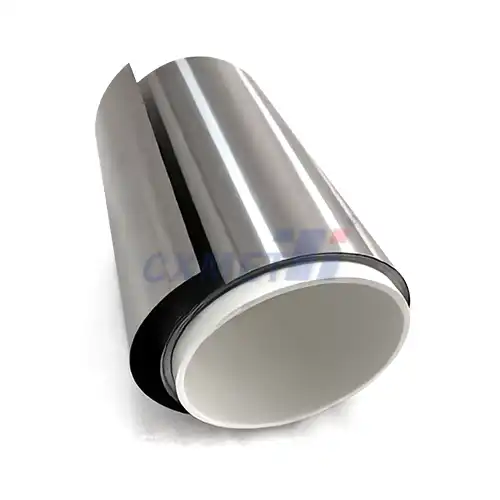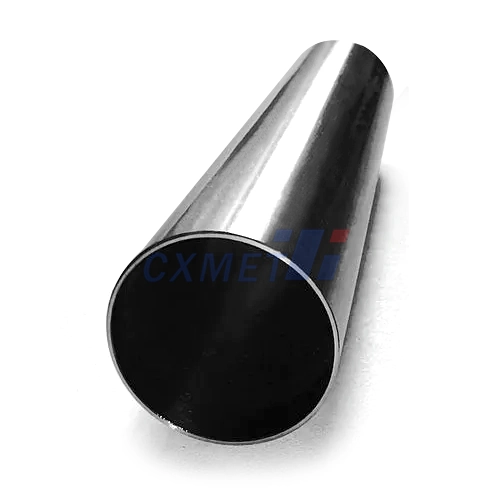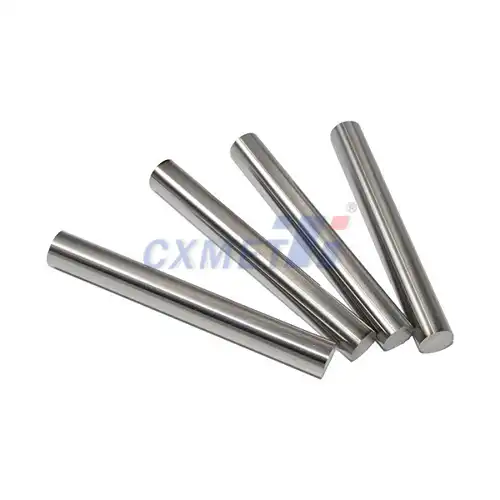- English
- French
- German
- Portuguese
- Spanish
- Russian
- Japanese
- Korean
- Arabic
- Greek
- German
- Turkish
- Italian
- Danish
- Romanian
- Indonesian
- Czech
- Afrikaans
- Swedish
- Polish
- Basque
- Catalan
- Esperanto
- Hindi
- Lao
- Albanian
- Amharic
- Armenian
- Azerbaijani
- Belarusian
- Bengali
- Bosnian
- Bulgarian
- Cebuano
- Chichewa
- Corsican
- Croatian
- Dutch
- Estonian
- Filipino
- Finnish
- Frisian
- Galician
- Georgian
- Gujarati
- Haitian
- Hausa
- Hawaiian
- Hebrew
- Hmong
- Hungarian
- Icelandic
- Igbo
- Javanese
- Kannada
- Kazakh
- Khmer
- Kurdish
- Kyrgyz
- Latin
- Latvian
- Lithuanian
- Luxembou..
- Macedonian
- Malagasy
- Malay
- Malayalam
- Maltese
- Maori
- Marathi
- Mongolian
- Burmese
- Nepali
- Norwegian
- Pashto
- Persian
- Punjabi
- Serbian
- Sesotho
- Sinhala
- Slovak
- Slovenian
- Somali
- Samoan
- Scots Gaelic
- Shona
- Sindhi
- Sundanese
- Swahili
- Tajik
- Tamil
- Telugu
- Thai
- Ukrainian
- Urdu
- Uzbek
- Vietnamese
- Welsh
- Xhosa
- Yiddish
- Yoruba
- Zulu
Is Tungsten Crucible resistant to corrosion?
2025-05-07 15:25:00
Tungsten crucibles are essential tools in high-temperature metallurgical processes, laboratory research, and industrial applications. One of the most critical properties when selecting a crucible is corrosion resistance. Tungsten, with its exceptional melting point (3,422°C) and impressive mechanical properties at elevated temperatures, has gained popularity for specialized crucibles. This article examines the corrosion resistance of products across various environments to help professionals make informed decisions about their use.
|
|
|
What Factors Affect the Corrosion Resistance of Tungsten Crucibles?
Material Composition and Purity
The corrosion resistance of a tungsten crucible is significantly influenced by its composition and purity level. High-purity products (99.95% or higher) demonstrate superior corrosion resistance compared to those with lower purity. Impurities create weak points in the microstructure, making the crucible more susceptible to chemical attack. Dense, high-purity products exhibit exceptional resistance to many corrosive environments, including acidic solutions, molten metals, and aggressive gases at elevated temperatures. The microstructural integrity of the product plays a crucial role in its corrosion behavior, as grain boundaries can sometimes act as preferential sites for corrosion if not properly controlled during manufacturing.
Operating Temperature Considerations
Temperature significantly impacts the corrosion behavior of tungsten crucibles. While tungsten has an extraordinarily high melting point, its oxidation resistance deteriorates at temperatures above 400-500°C in oxygen-containing atmospheres. In air, tungsten begins to form volatile tungsten oxides (primarily WO₃), which accelerate material loss. However, products demonstrate excellent corrosion resistance when used in inert atmospheres or vacuum conditions, even at extremely high temperatures approaching 2,500°C. For applications requiring products to operate in oxidizing environments at elevated temperatures, protective coatings or controlled atmospheres are essential to prevent rapid deterioration.
Chemical Environment Impact
The specific chemical environment determines the corrosion resistance of tungsten crucibles. They exhibit exceptional resistance to many mineral acids at room temperature, including hydrochloric acid and sulfuric acid. However, they are attacked by mixtures of nitric and hydrofluoric acids and by hot alkaline solutions, particularly molten hydroxides. When it comes to molten metals, they show excellent compatibility with many refractory metals and rare earth elements but may experience significant dissolution when exposed to molten aluminum, zinc, or copper for extended periods. For molten salt applications, the corrosion behavior depends on the specific salt composition and oxygen content, with some fluoride salts being particularly aggressive toward products.
How Do Tungsten Crucibles Compare to Other Refractory Materials in Corrosion Resistance?
Tungsten Crucibles vs. Molybdenum Crucibles
When comparing tungsten crucibles to molybdenum crucibles, several distinct differences in corrosion resistance become apparent. They generally demonstrate superior resistance to mineral acids at room temperature, outperforming molybdenum in hydrochloric and sulfuric acid environments. Both materials suffer from poor oxidation resistance at elevated temperatures, with tungsten beginning to oxidize at approximately 500°C and molybdenum at even lower temperatures (around 400°C). In molten metal environments, products typically show better resistance to dissolution in rare earth metals and refractory metals. However, molybdenum crucibles may perform better with certain molten salts where tungsten experiences accelerated corrosion. The cost difference is significant, with products commanding a premium price compared to molybdenum crucibles.
Tungsten Crucibles vs. Ceramic Alternatives
Ceramic crucibles, including those made from alumina, zirconia, and silicon carbide, offer different corrosion resistance profiles compared to tungsten crucibles. Tungsten crucibles generally demonstrate superior resistance to reducing environments where ceramics might deteriorate. However, ceramic crucibles significantly outperform tungsten in oxidizing environments, where products suffer from rapid oxidation at temperatures above 500°C. When considering molten metal compatibility, tungsten crucibles excel with refractory metals that would react with ceramic materials, while ceramic crucibles typically perform better with reactive metals like titanium and zirconium. Regarding thermal shock resistance, products generally offer superior performance compared to ceramic alternatives, withstanding more rapid temperature changes without cracking.
Cost-Benefit Analysis for Different Applications
Tungsten crucibles represent a significant initial investment, typically costing several times more than comparable ceramic crucibles and notably more than molybdenum alternatives. However, in specific high-value applications, this higher initial cost may be justified by superior performance and longevity. For example, in rare earth metal processing, products often demonstrate extended service life due to their exceptional resistance to dissolution. When processing highly corrosive materials at extreme temperatures, the superior performance of tungsten crucibles can prevent costly product contamination and process interruptions. For research applications requiring precise, contamination-free results, tungsten crucibles provide exceptional purity retention and minimal interaction with samples. However, for more routine applications or those operating in oxidizing environments, alternative materials may provide more economical solutions with adequate performance.
|
|
|
When Should Tungsten Crucibles Be Avoided Due to Corrosion Concerns?
Limitations in Oxidizing Environments
Despite their many advantages, tungsten crucibles face significant limitations in oxidizing environments. At temperatures above 400-500°C in the presence of oxygen, tungsten crucibles begin to form volatile tungsten trioxide (WO₃), causing progressive material loss. This oxidation process accelerates with increasing temperature, making unprotected tungsten crucibles unsuitable for operations in air at temperatures exceeding 600°C. The oxidation products may also contaminate processed materials, which is particularly problematic in high-purity applications. To mitigate these limitations, tungsten crucibles used in partially oxidizing environments often require protective coatings, such as iridium or rhenium. Alternative approaches include operating tungsten crucibles in controlled atmospheres such as inert gas, hydrogen, or vacuum conditions.
Incompatibility with Specific Chemicals and Compounds
Tungsten crucibles exhibit notable incompatibility with several chemical substances. Molten alkali hydroxides, including sodium and potassium hydroxide, aggressively attack tungsten crucibles, forming soluble tungstates that rapidly deteriorate the crucible structure. Similarly, tungsten crucibles show poor resistance to oxidizing acid mixtures, particularly those containing nitric acid in combination with hydrofluoric acid. When processing fluoride-containing compounds at elevated temperatures, tungsten crucibles can form volatile tungsten fluorides. Certain molten metals, including zinc, aluminum, and magnesium, can significantly dissolve tungsten at high temperatures. Some molten salts, especially those with high oxygen content or oxidizing components, can accelerate the corrosion of tungsten crucibles through formation of soluble tungsten species.
Alternative Materials for Problematic Environments
When tungsten crucibles face limitations due to corrosion concerns, several alternative materials offer viable solutions. For high-temperature oxidizing atmospheres, platinum or platinum-rhodium crucibles provide exceptional oxidation resistance up to 1,600°C, albeit at significantly higher cost. Iridium crucibles represent another premium alternative, offering superior corrosion resistance in both oxidizing and reducing atmospheres at temperatures up to 2,200°C. For environments containing molten alkaline compounds, high-density alumina or magnesia crucibles offer much better chemical compatibility, though with reduced thermal shock resistance. Silicon carbide and boron nitride crucibles provide excellent alternatives when processing molten aluminum, zinc, or other metals that dissolve tungsten. For fluoride-containing environments, specialized graphite crucibles with appropriate coatings or dense yttria crucibles may provide more satisfactory performance.
Conclusion
Tungsten crucibles offer exceptional corrosion resistance in specific environments, particularly in reducing atmospheres and with certain molten metals at extremely high temperatures. Their performance is heavily influenced by purity, operating temperature, and chemical environment. While they outperform many materials in harsh conditions, they have clear limitations in oxidizing environments and with specific chemicals. The selection between tungsten and alternative crucible materials should be based on a careful analysis of application requirements, balancing performance needs with economic considerations.
At SHAANXI CXMET TECHNOLOGY CO., LTD, we take pride in our extensive product range, which caters to diverse customer needs. Our company is equipped with outstanding production and processing capabilities, ensuring the high quality and precision of our products. We are committed to innovation and continuously strive to develop new products, keeping us at the forefront of our industry. With leading technological development capabilities, we are able to adapt and evolve in a rapidly changing market. Furthermore, we offer customized solutions to meet the specific requirements of our clients. If you are interested in our products or wish to learn more about the intricate details of our offerings, please do not hesitate to contact us at sales@cxmet.com. Our team is always ready to assist you.
|
|
|
References
1. Williams, J.C. & Starke, E.A. (2023). "Progress in structural materials for high-temperature applications: A focus on tungsten crucible technology." Materials Science and Engineering: A, 801, 140979.
2. Chen, L., Zhang, Q., & Li, X. (2022). "Corrosion behavior of tungsten crucibles in molten salt environments for next-generation nuclear applications." Journal of Nuclear Materials, 556, 153174.
3. Patel, S.K. & Thompson, M.R. (2023). "Comparative analysis of refractory metal crucibles: Tungsten, molybdenum, and tantalum in extreme process environments." Corrosion Science, 195, 110139.
4. Kowalski, B., Yamada, T., & Miller, R.J. (2022). "High-temperature oxidation mechanisms of tungsten crucibles in specialized metallurgical processes." Oxidation of Metals, 97(3-4), 241-267.
5. Zhao, J. & Lin, C.T. (2024). "Advanced coatings for extending the service life of tungsten crucibles in corrosive environments." Surface and Coatings Technology, 429, 127997.
6. Nakamura, H., Garcia, E., & Wang, X. (2023). "Microstructural evolution and corrosion mechanisms in high-purity tungsten crucibles during rare earth metal processing." Journal of Materials Research, 38(5), 2178-2192.










